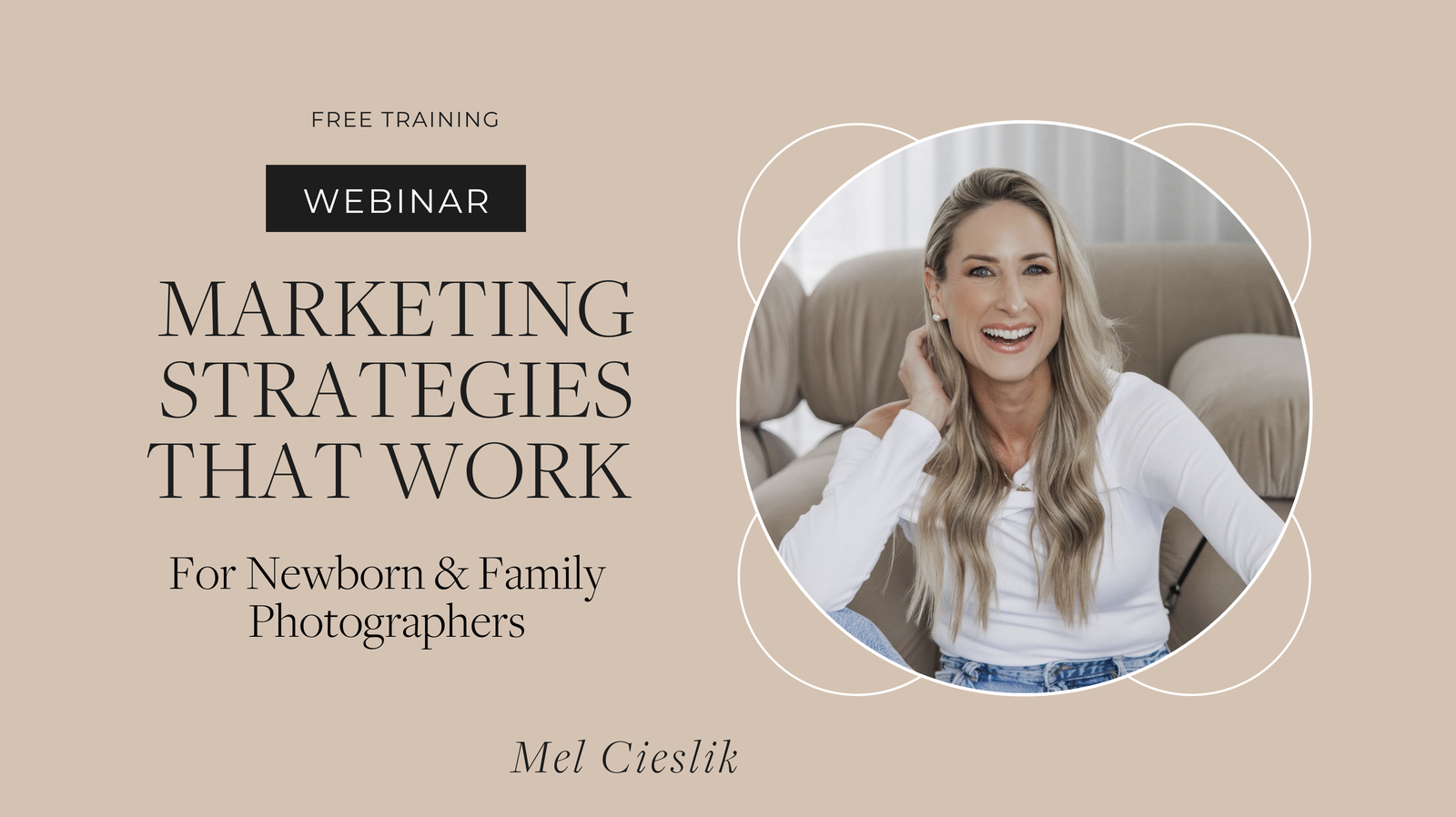Posing is an often underestimated but absolutely crucial aspect of capturing those precious first few weeks. It’s not just about arranging tiny limbs; it’s about creating safe, comfortable, and visually stunning compositions that reflect the unique beauty of each newborn.
In this guide, we’ll delve into the importance of posing, explore various techniques for both classic and creative setups, discuss essential safety measures, and share expert tips on lighting and editing to ensure you capture those fleeting moments with perfection.

Prioritise Safety in Newborn Posing
Always prioritise the baby’s safety when posing. Use sturdy props and never leave the baby unattended. Make sure all poses are comfortable and natural for the baby. Avoid any positions that could potentially harm the baby.
Learn Classic Newborn Poses
Learn the basics like the tooshie up, side lying (sleepy head), and wrapped poses. These are timeless and loved by parents. Start with simple poses and gradually move to more complex ones as you gain confidence.
Expert tip: Use supportive props and padding to keep the baby comfortable and secure.
Use Stable Props
Incorporate baskets, buckets, and blankets. Ensure all props are stable and comfortable for the baby. Use soft, natural materials to avoid irritation. Props should enhance the photo, not overshadow the baby. Keep the colour palette simple and cohesive.

Ensure Smooth Transitions Between Poses
Move slowly and gently when changing poses to keep the baby calm and sleepy. Plan your poses ahead of time to ensure a smooth flow during the session. Use soothing sounds or white noise to keep the baby relaxed. Take breaks for feeding and comforting as needed.
Be Creative in Directing Newborn Poses
Always keep the baby’s comfort and safety in mind. Incorporate parents and siblings for family shots. Personalise the session with items that are meaningful to the family, like a favourite toy or a family heirloom blanket.

Avoid Light Flashes
Soft, natural light is ideal for newborn photography. Use window light, LED panels or soft-box lights to create gentle, even lighting. Position the light source at a 45-degree angle to the baby for flattering shadows. Avoid direct flash as it can be harsh and startling.
Essential Editing Tips for Newborn Photos
Editing newborn photos requires a gentle touch. Start with basic adjustments like exposure, contrast, and white balance. Use skin retouching tools to smooth out any blemishes or redness, but avoid over-editing. Enhance the colours and tones to match your desired style.
Adobe Lightroom is a fantastic tool for editing, and our Master the Art of Adobe Lightroom course can teach you advanced techniques.
Communicating with Your Clients
Communicate clearly with your clients about what to expect during the session. Provide them with a preparation guide and answer any questions they may have. Ensure they feel comfortable and informed throughout the process.
The Takeaway
Posing is a vital part of newborn photography that requires skill, creativity, and a focus on safety. By mastering classic poses, using props effectively, transitioning smoothly, and maintaining a safe environment, you can create beautiful and memorable newborn photos.
Want to master newborn posing?
Join our Precision Posing Program and learn the art of safe and creative newborn photography!






